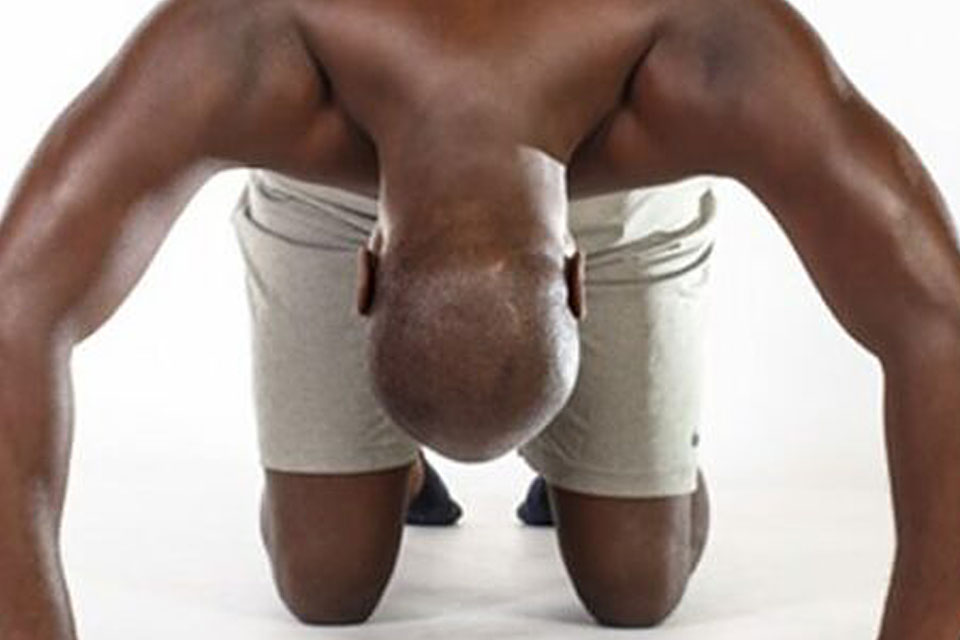
15 Nov Why men should care about their pelvic floor
November is the month dedicated to raise awareness about prostate cancer, and for that reason, I would like to dedicate this month’s post to talk about men’s health, and particularly to men’s pelvic floor health.
Pelvic floor refers to the group of muscle located in the pelvic cavity that supports the internal organs, regulates continence and participates in the sexual function. So according to this simple definition, the pelvic floor is also part of men’s anatomy!
We often associate pelvic floor dysfunction to an exclusively women’s issue. There are some distinct anatomical differences between genders, but the reality is that men can also suffer from pelvic dysfunctions.
PROSTATE PROBLEMS
The prostate, that small gland about the size of a walnut that rests below the bladder, surrounding the urethra that helps to produce semen, can be the bane of many men when they come to a certain age. Enlarged prostate, prostatitis (inflammation of the prostate) or even prostate cancer are the most common issues that men have.
The increase in the intra-abdominal pressure that daily activities and exercise provoke can have a negative impact on the pelvic floor and pelvic organs (including the prostate). By practicing exercises that help to reduce the pressure to the perineum, such as Low Pressure Fitness, we can minimise the chance of suffering these dysfunctions.
ERECTILE DYSFUNCTION
We know that pelvic floor muscles actively participate during sexual arousal and orgasm, therefore, a dysfunctional pelvic floor will negatively affect sexual function. However, erectile dysfunction is often associated with other health issues or psychological problems. Diagnosing any underlying problems is vital.
A better control and function of the pelvic floor muscles will have a positive impact on the sexual function, and in many cases, pelvic floor muscle training can work itself as a rehabilitation tool.
PUDENDAL NERVE ENTRAPMENT
The pudendal nerve is the main nerve of the perineum; it branches out to innervate its different areas, including the anus, sphincters, pelvic muscles or penis. There are many reasons why the pudendal nerve can get inflamed and cause pain, for example, sitting for a prolonged time, as well as practicing some sports that involve repetitive hip flexions, such as weight lifting or cycling, can provoke the impingement of this nerve.
Tight muscles and tendons, as well as pelvic imbalances, can also lead to prolonged pressure on the nerve. For that reason, it is important to practice exercises that help to achieve an adequate tone and restore possible muscle imbalances produced by daily activities and sports.
The pelvic floor is part of the core, and by forgetting this group of muscles we are missing a big part of its functionality and increasing the chance of injury and muscle dysfunctions.
Practising regularly Low Pressure Fitness – hypopressive exercises will help to normalise the resting tone of the pelvic floor muscles, reducing also the pressure to the prostate, preventing the most common male pelvic floor dysfunctions and improving the sexual function by having a better control of the perineum and increasing the blood circulation in the tissues. The LPF routine is very simple and it can be added at the beginning or end of any workout. In as little as 10 to 20 minutes, practised twice a week, improvements can be noticed in a month or less.
Practice Low Pressure Fitness for a healthy pelvic floor!
No Comments